When someone mentions “horror icons,” the natural thought process veers towards the more famous names, such as Halloween’s Laurie Strode, Silent Hill’s Heather Mason and Evil Dead’s Ash Williams. Rarely does anyone ever spare a thought for Nancy Thompson (A Nightmare on Elm Street) or Sally Hardesty (The Texas Chainsaw Massacre), both of whom have just as much of a meaningful character arc as any other individual. In more recent years, horror has evolved beyond slashers and body gore and transcended into psychological flicks and heart-racing thrillers, introducing more icons along the way that have culminated to spark an all-new era of horror royalty.
Everyone will always remember the immediately prominent cult classics, but there are some dark horses in the horror world that may not have taken the world by storm and yet gave us some original, memorable characters all the same. Here are a handful of horror icons who deserve more recognition after the severe neglect they’ve received in favor of more well-known faces.
Cecilia Kass (The Invisible Man)
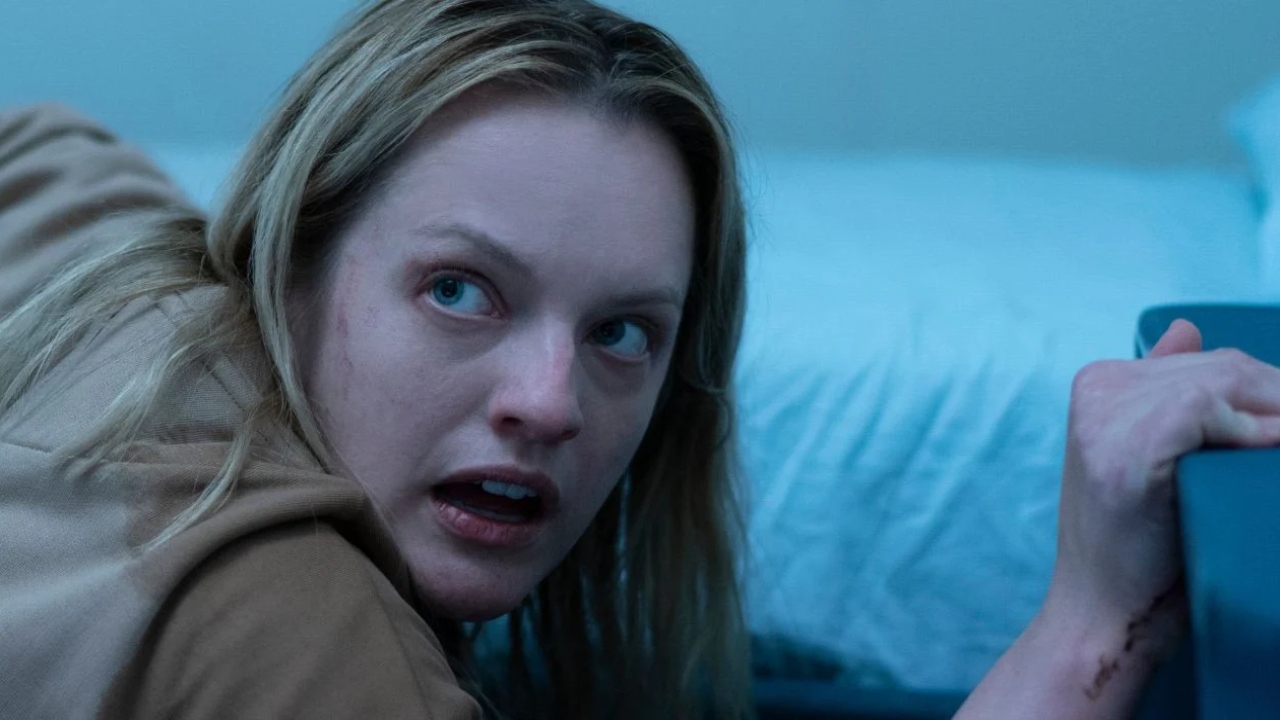
Leigh Whannell’s The Invisible Man was a commercial and critical success, rebooting the classic source material from the original 1933 film starring Claude Rains. Elisabeth Moss portrays Cecilia Kass, an architect in a domestically abusive, one-sided relationship with her boyfriend and optic scientist Adrian Griffin, who — after faking his death — dons an invisibility suit to stalk and torment his ex-girlfriend. Moss lifts the emotional stakes as Cecilia and goes on a journey from victimized damsel in distress to a scorned woman thirsty for vengeance.
In particular, Moss’ facial expressions illustrate an emotional breakdown that encapsulates her conflicting feelings of anger, betrayal, sadness, and disappointment. Moss is evidently unafraid to make herself look unattractive for the sake of capturing real, unnerving fear, and her Cecilia is a guileful, fearless, and, above all else, persistently resourceful survivalist. She may be one of the most underrated final girls of the modern horror generation.
Grace LeDomas (Ready or Not)
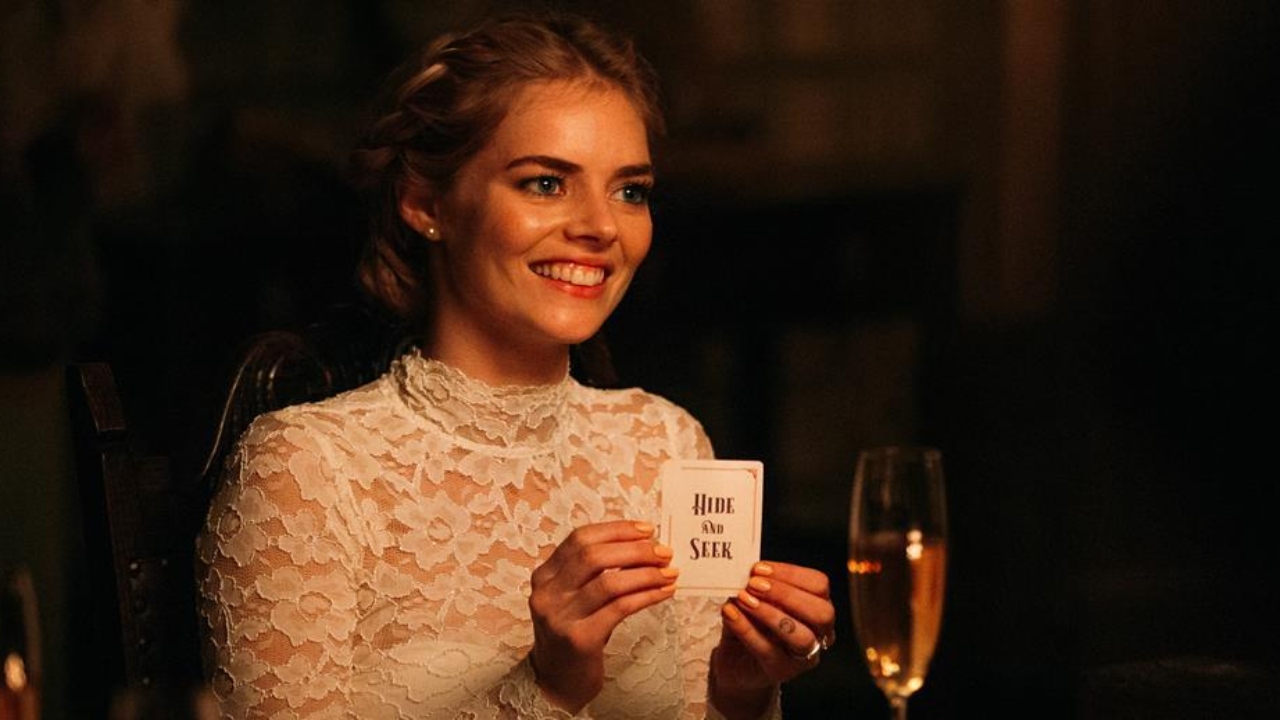
In 2019, Scream (2022) directors Matt Bettinelli-Olpin and Tyler Gillett teamed up with co-writers Guy Busick and R. Christopher Murphy to create Ready or Not, a comedy horror following Grace LeDomas (Samara Weaving), a newlywed who is hunted by her husband’s family during a sacrificial wedding night ritual. As an indie horror, Ready or Not was massively successful, but its shining star was Weaving’s Grace, the feature-film role that had Weaving’s name circulating the internet and fans recalling her low-budget horror roles in Mayhem (2017) and The Babysitter (2017) long before Ready or Not was conceived.
Bettinelli-Olpin and Gillett’s darkly funny, subversive, and exceedingly intelligent flick about a satanic cult posing as a welcoming family undoubtedly skyrocketed Weaving’s career. Throughout the film, Grace shows an emotional growth from helpless victim to lone survivor, fighting against the odds as the LeDomases outnumber her eight to one. After being forced to survive, Grace proves herself as a capable, determined, and resilient fighter, prioritizing self-preservation above moral righteousness to adopt an unshakable survival-of-the-fittest mindset.
Clarice Starling (The Silence of the Lambs)
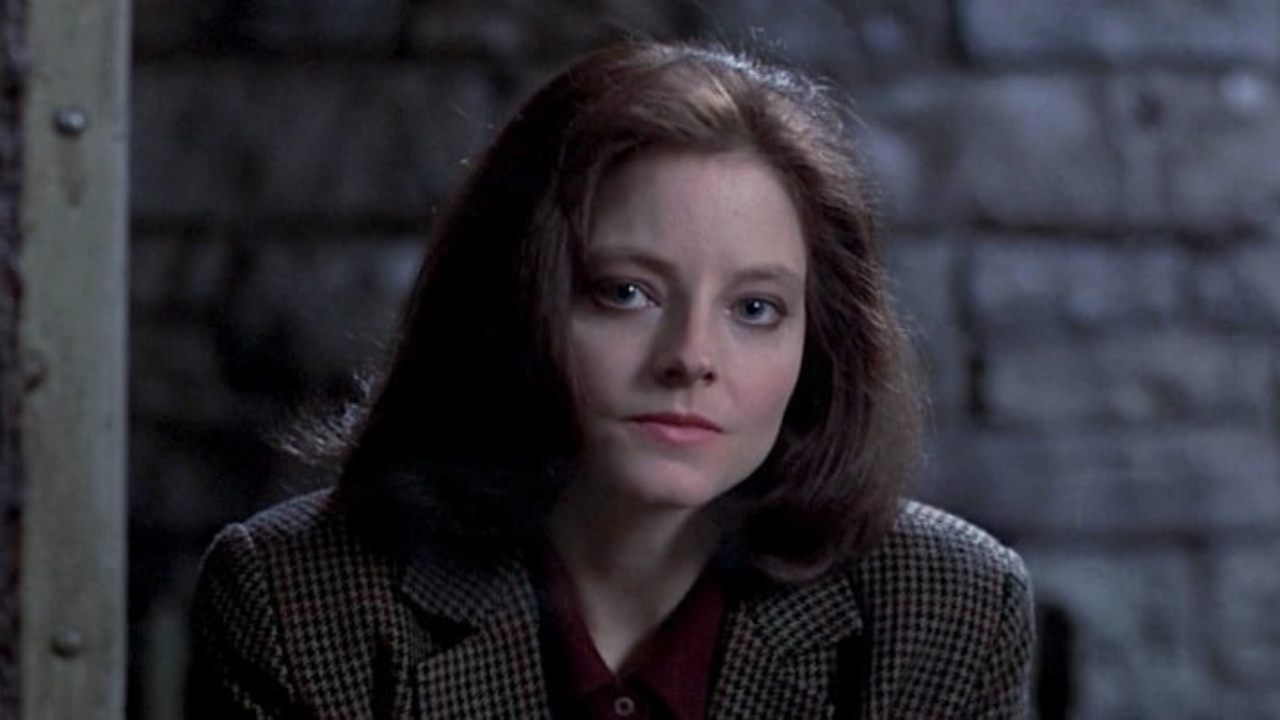
The Silence of the Lambs and Hannibal protagonist Clarice Starling, portrayed by Jodie Foster and Julianne Moore, respectively, begins her journey as an FBI trainee, then climbs the ranks to become a certified special agent. Along the way, she encounters Dr. Hannibal Lecter (Anthony Hopkins) and undergoes a rigorous test of endurance and intelligence in tracking down the notorious serial killer Buffalo Bill. It should be noted that a lot of Foster’s excellence in portraying Starling comes from her unbeatable on-screen chemistry with Anthony Hopkins’ Lecter, but she does have the independent appeal to be dubbed an iconic horror character.
Foster’s interpretation of Starling is highly praised amongst the greatest screen performances of all time, even earning her the Academy Award for Best Actress in 1992. In The Silence of the Lambs, Starling is introduced as an overly modest, sensible, and indifferent rookie, showing an ambivalence towards Lecter and the Buffalo Bill case. By the film’s end, Clarice has officially joined the FBI, excelling as an esteemed graduate of the FBI training academy. She gains confidence, wisdom, and strength through her distressing experiences, overcoming childhood trauma and reinventing herself as a changed woman. At the same time, she became one of the most memorable characters (and acting roles) of all time and won the hearts of horror aficionados everywhere.
Nica Pierce (Curse of Chucky/Cult of Chucky/Chucky)
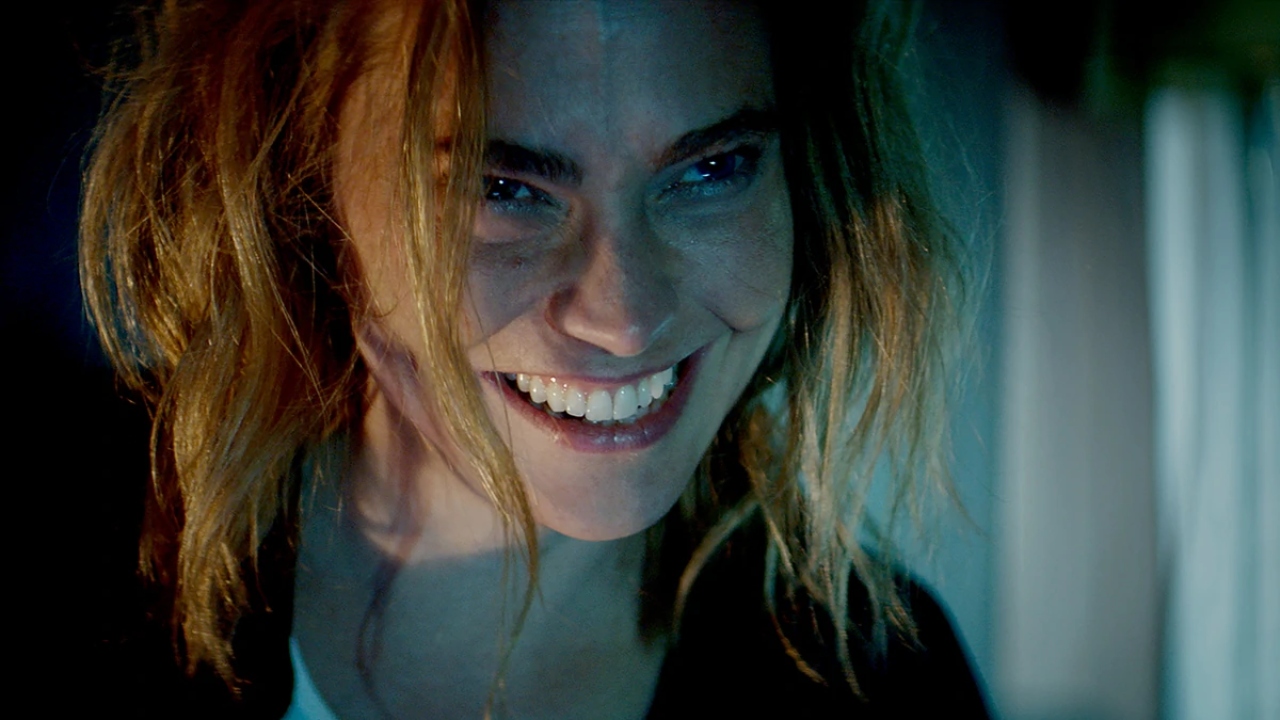
When someone mentions the Child’s Play franchise (otherwise known as the Chucky films), everyone automatically thinks about Chucky (aka Charles Lee Ray) and Tiffany Valentine. However, Curse of Chucky (2013) introduces Fiona Dourif’s Nica Pierce, a paraplegic woman whose whole family is murdered by Chucky. In the 2017 sequel Cult of Chucky, Nica becomes possessed by the fragmented spirit of Chucky, who can subsequently take control over her body at will. Fiona Dourif, daughter of Chucky’s voice actor Brad Dourif, ends up playing multiple different roles within the Chucky universe: Nica Pierce and Chucky (possessing Nica) in Cult of Chucky (2017) and in the Chucky TV series (2021) as well as a young Charles Lee Ray (for which she dons prosthetic makeup), adding a third character to the mix.
Fiona Dourif has unquestionable talent — that much is certain — but Nica Pierce became all the more popular following the premiere of Don Mancini’s Syfy series Chucky. Her storyline reached its peak when Jennifer Tilly’s Tiffany Valentine kidnaps Nica (still possessed by Chucky) and performs several non-consensual amputations to remove her limbs. Dourif and her multifaceted character have become cult hits within the Child’s Play fanbase, garnering the approval of co-stars and Chucky fanatics and cementing herself as an accomplished actress and beloved character.
Selene (Underworld)
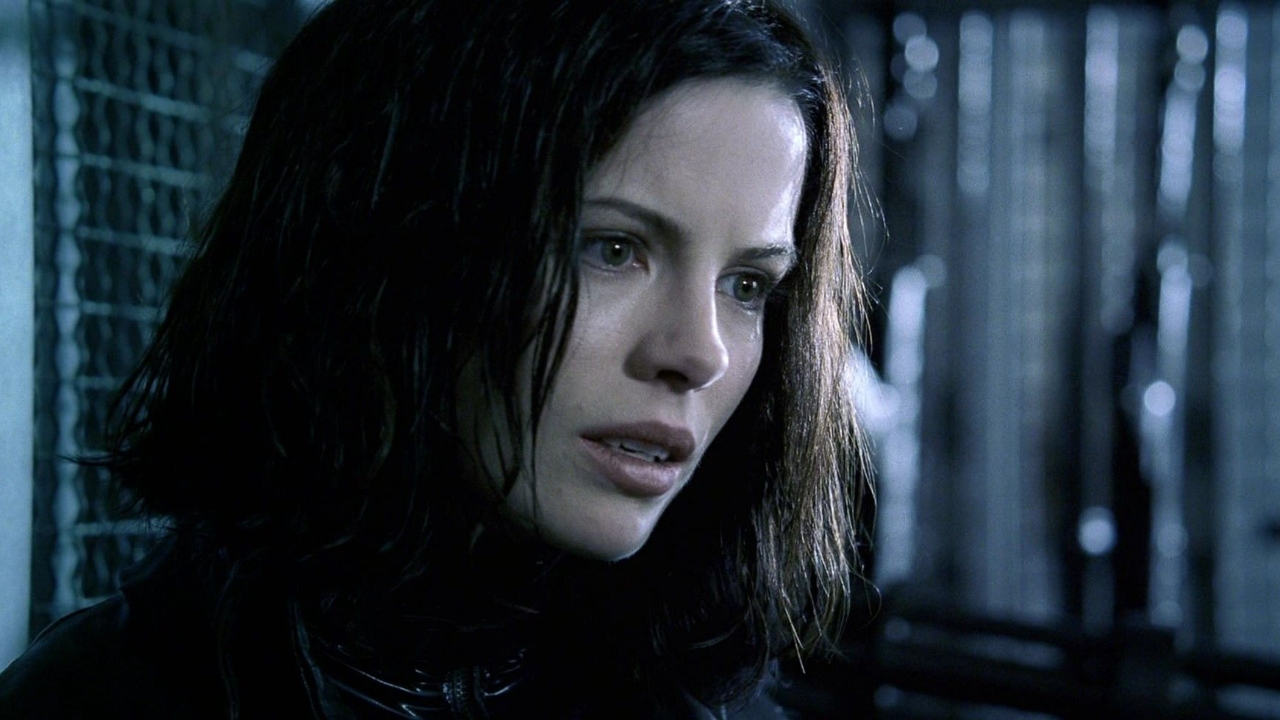
Kate Beckinsale first embodied the Vampire Death Dealer Selene in Len Wiseman’s Underworld (2003), reprising the role for four sequels thereafter. Selene was vampirically-sired by Viktor, a vampire Elder, under whom she serves as one of the most loyal and powerful Death Dealers. She becomes the first Vampire-Corvinus Strain Hybrid, exhibiting physical mutations from genetic properties of both Vampires and Lycans (werewolves). Selene committed herself to the extinction of Lycans ever since she became a Vampire, but grew to renounce her hatred for the species after falling in love with Michael Corvin, the first Vampire-Lycan hybrid.
Beckinsale has often been praised for portraying Selene, who is often overshadowed in the horror genre, given that Underworld focuses more on the supernatural/fantasy aspect than the traditional content such as haunted houses, gore and jump scares. However, Selene belongs among the greats, particularly for her characterization, which captures the existence of a tortured soul trapped inside the hollow shell of a born-and-bred killing machine. Moreover, Kate Beckinsale’s icy English composure within her performance as Selene makes the Death Dealer as mysteriously irresistible as she is deadly — and wholeheartedly deserving of the moniker “icon.”
Gale Weathers (Scream)
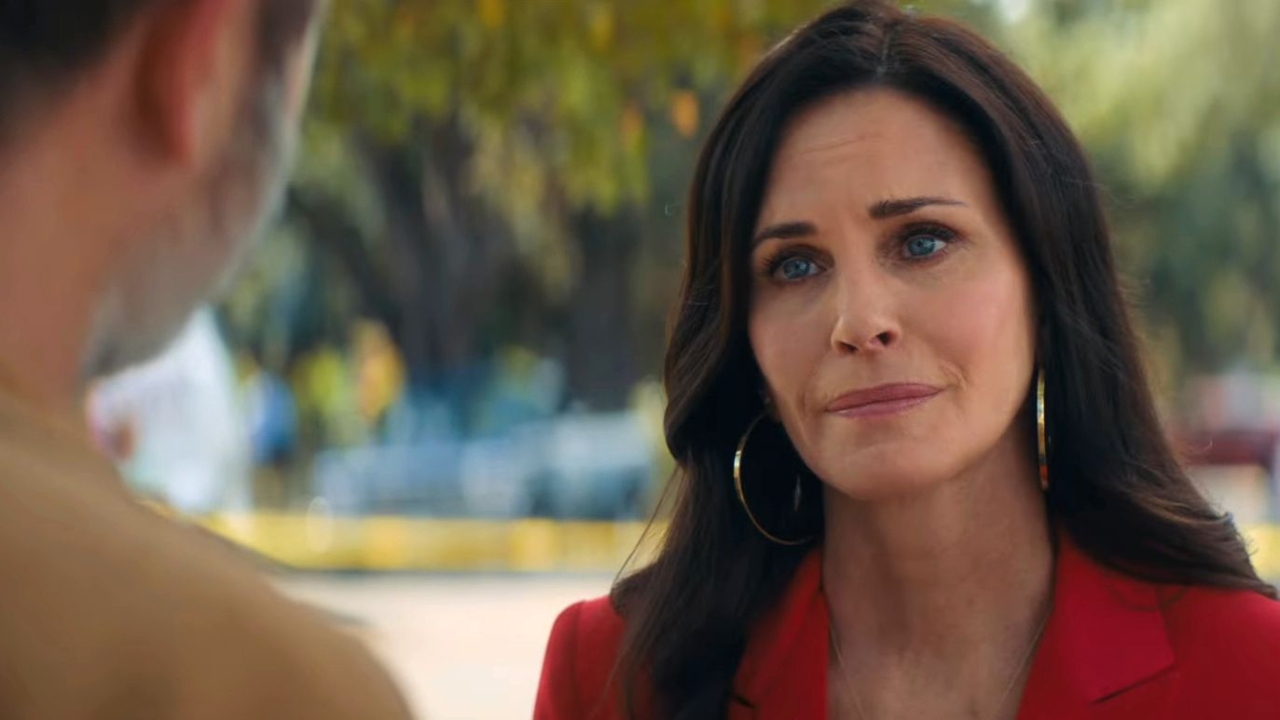
Scream’s Sidney Prescott (Neve Campbell) may be the star of the show, but Dewey Riley and Gale Weathers are right up there with the leading lady. David Arquette and Courteney Cox have electrifying chemistry as Dewey and Gale, but they both effectively counterbalance Campbell’s Sidney and the dynamic between Sidney and Gale is especially significant. Gale Weathers is a opportunistic, fame-hungry tabloid reporter known among Scream fans for her “snappy remarks and being brilliantly bossy,” but ultimately undergoes a transformation from glory hound to compassionate companion.
Although she never quite loses the sensationalist side of herself, Gale becomes progressively more likable over time. Additionally, Courteney Cox, who portrays Gale, earned critical acclaim for her performance, solidifying the character’s place within the unofficially official Horror Icon Hall of Fame.
Chris Washington (Get Out)
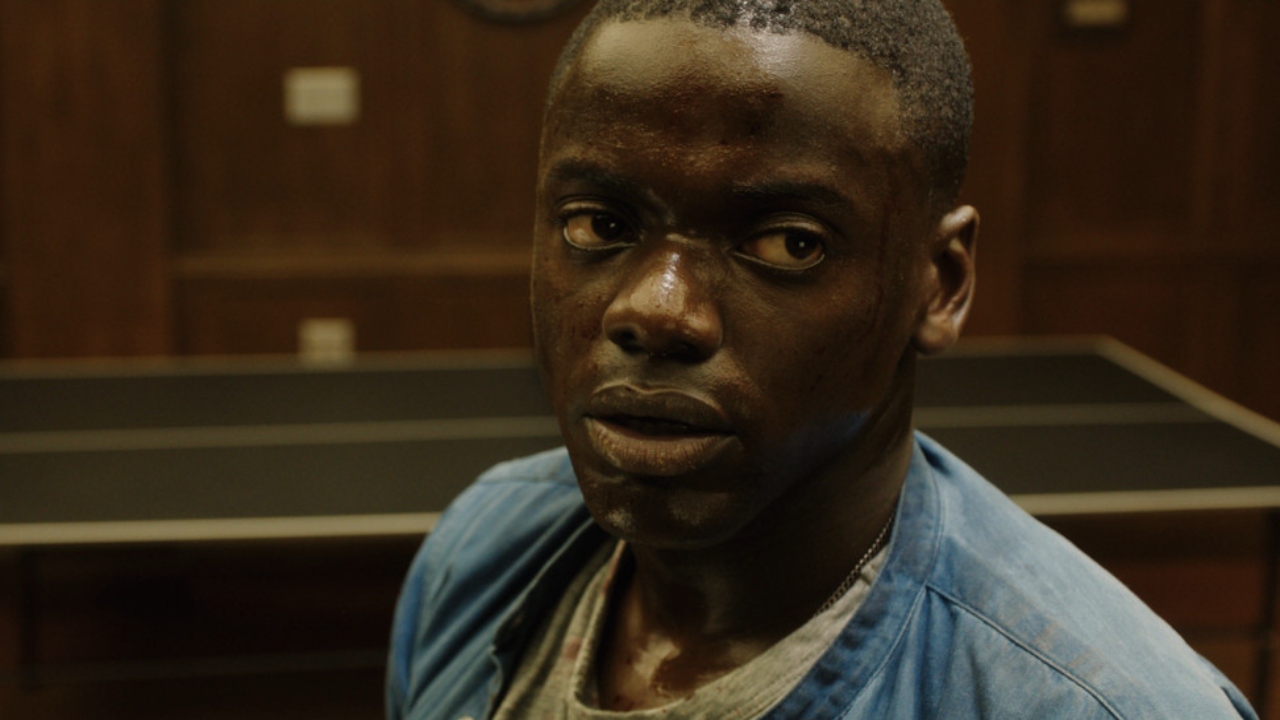
Jordan Peele’s psychological horror Get Out has often been cited as one of the greatest horror movies of the 21st century, inspiring many others like it from 2019 onward. Starring Daniel Kaluuya in the lead role, Get Out follows Chris Washington, a young Black photographer who meets the family of his white girlfriend Rose (Allison Wiliams) and discovers a shocking plot surrounding enslavement and an obsession with Black excellence from middle-class white liberals. Not only does Daniel Kaluuya’s acting alone make Chris a worthy candidate for the underrated list, but this seemingly ordinary male becomes a victim of ignorance and circumstance and overpowers both.
Washington becomes a role model of sorts for oppressed Black people to speak out against inequality and indifference. Whether Jordan Peele made this intentional or not, that answer remains unnecessary: Chris charges headfirst into the fire and emerges scorned and scarred but victorious. There are so many underlying themes at play, but Chris represents a sense of liberation for minorities who have to (literally) fight to stay alive during these uncertain and judgemental times. Not only that, but Chris is the first African-American lead character in a horror film of the 2010’s era and that is pretty iconic.
Maddie Young (Hush)
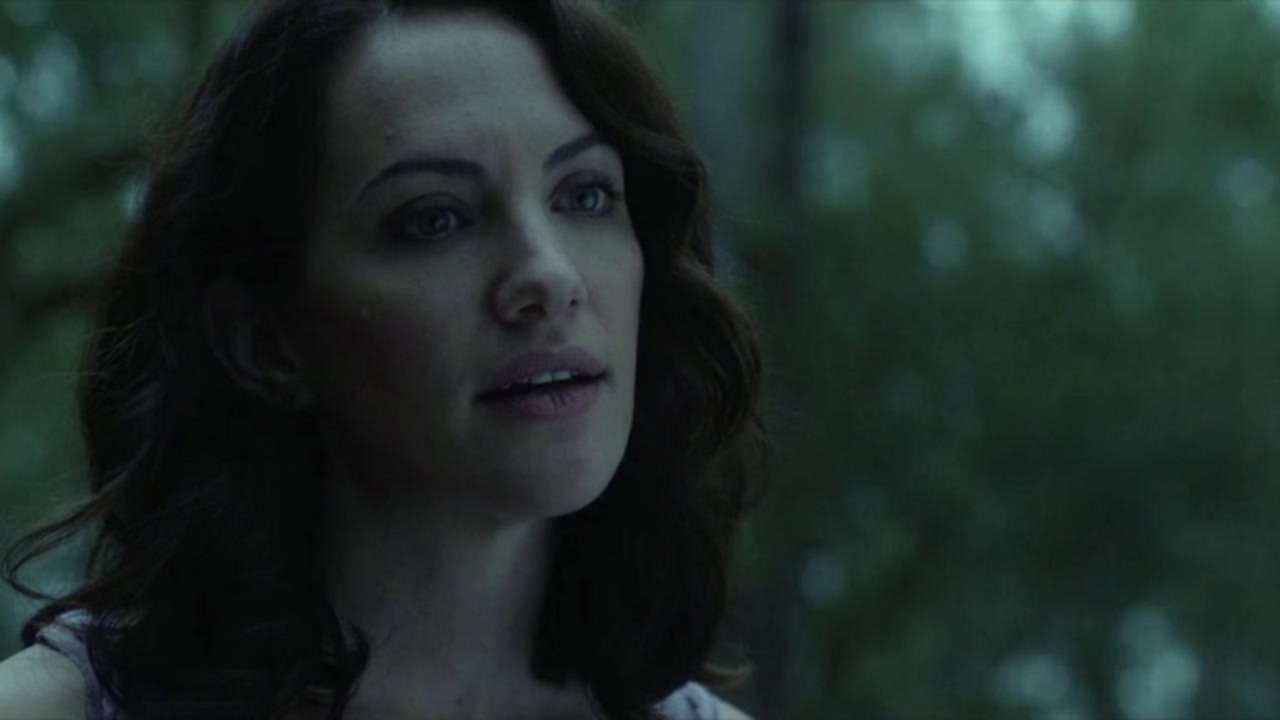
Very few horror films feature leads with disabilities, but Hush breaks the mold. When a masked figure decides to make her an unwitting victim, Maddie (Kate Siegel) — a deaf-mute writer — fights for her life against the odds using her wits and willpower. It has become increasingly rare nowadays to find an almost entirely dialogue-less film, but Maddie — with credit to Siegel’s sensational acting — communicates using only sign language and facial expressions. Sadly, even though Hush is on par with Halloween and other influential slashers, its glowing reputation has dimmed over time.
Maddie, fueled only by the desperate need to survive, overcomes every obstacle to stare Death in the face and call its bluff. It may be the relentless self-reservation that makes it so difficult not to root for Maddie, but her contrasting dynamic with the Masked Man (John Gallagher Jr.) allows her character to shine. As someone who was hand-picked as a prime target because of a supposed weakness, Maddie proves just how capable someone can be when in a pressing life-or-death situation — and something about that primal urge to live another day is downright admirable.
Katie/Maud (Saint Maud)
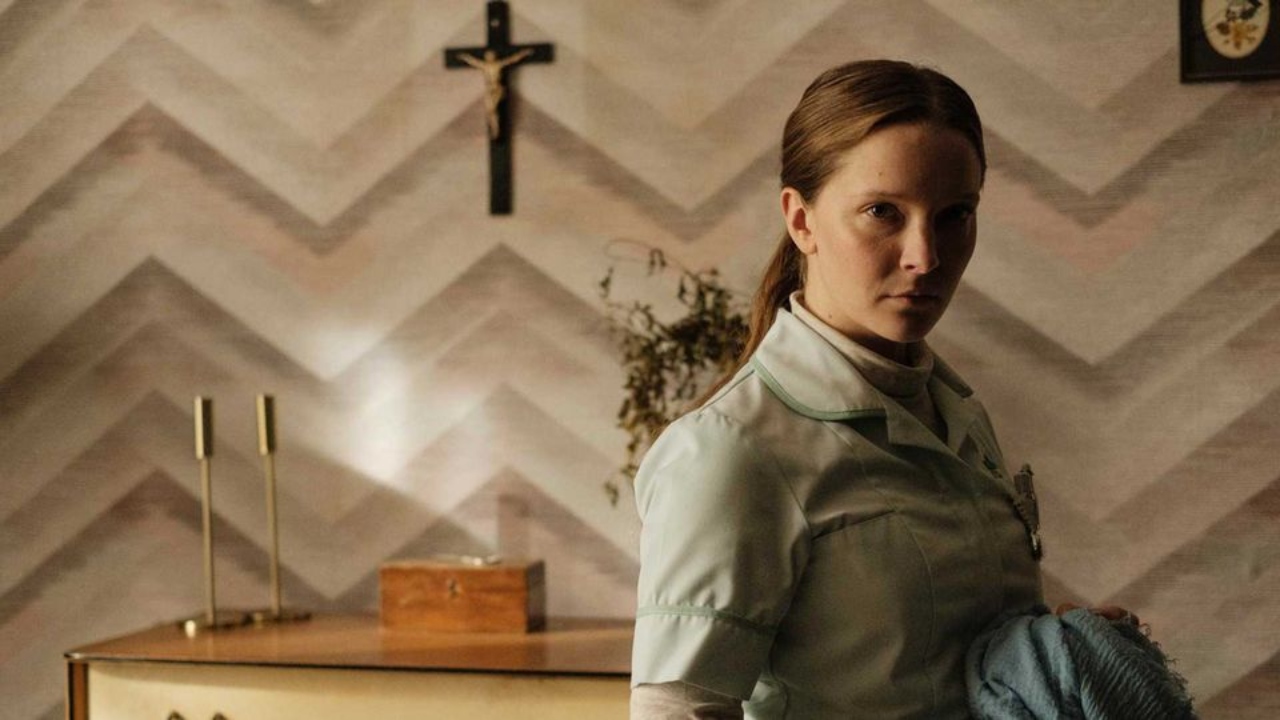
Definitely one of the more obscure choices, Saint Maud’s Katie/Maud (portrayed by Morfydd Clark) deserves endless amounts of praise. In her directorial debut, Rose Glass produced this psychological horror focused on a recent Roman Catholic convert and devotee named Maud who becomes a live-in carer for a former dancer, Amanda. When Maud takes her commitments too seriously, she believes herself to be chosen by God to cleanse and save Amanda’s soul — by any means necessary. An electrifying debut for Glass, Saint Maud introduces perhaps the most underrated horror icon on the list. Clark’s Maud is transformed by an unwavering faith in holiness and purity, believing herself to be a servant to God and tasked with becoming a “savior” to lost souls, i.e. Amanda.
Throughout the film, Clark is convincingly creepy and disturbed as Maud, who blurs the line between delusion and reality. She portrays the character as a down-and-out woman who turns to religion for guidance, but takes the conversion far too literally. Maud is a perfect manifestation of sadness and despondence mixed with idiosyncratic beliefs, unnerving audiences with her peculiar facial expressions and eerily off-putting demeanor. Ultimately, Maud is a culmination of years of loneliness, failure, and dejection, hoping to be reborn as a martyr after adopting a new moniker. In many ways, we can all relate to the desire to reinvent ourselves — though maybe not as extremely as Maud.
Maxine Minx (X)
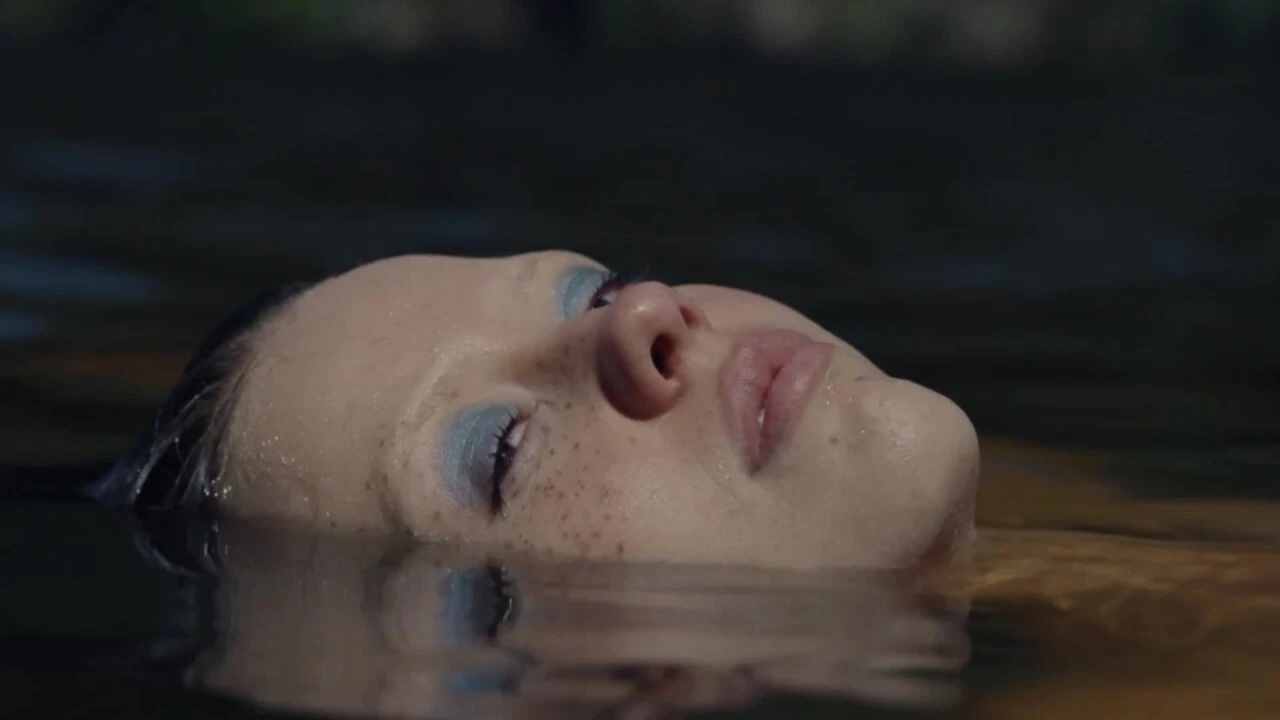
Ti West’s recently released slasher, X, had its fair share of surprisingly refreshing characters, one of whom is Maxine Minx. Portrayed by Mia Goth in her dual-role as Maxine and Pearl (the old woman), the twenty-something-year-old joins her boyfriend Wayne and filmmaking friends to make an X-rated, pornographic film for profit using an elderly couple’s property as a shooting location. However, the group finds itself threatened by a killer. Maxine is presented as the polar opposite to Pearl ⏤ a sex-positive, free-spirited young woman who has sexual affairs with others besides her committed partner. Pearl, on the other hand, was denied of that same luxury due to her conservative and religious upbringing.
Maxine has a reckless mindset, determined to make her youthful years memorable, which can sometimes be seen as selfish and inconsiderate — as shown by her dynamic with Pearl. Spoiler alert: Maxine ends up surviving the whole ordeal and joins Laurie Strode, Sidney Prescott, and company on the “final girls” roster. West’s psycho-biddy horror encapsulates youthfulness, longing, and fond reminiscence in Maxine’s character, making her an icon of beauty, independence and self-worth. Despite its gory themes, X allows Maxine to embrace her natural urges and — as cliché as it sounds — “be herself” even when others are knocking her confidence. Surprising for horror films, Maxine is a protagonist who promotes positivity with a less literal and more metaphorical kind of fearlessness.










